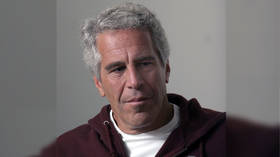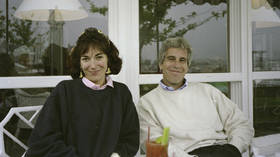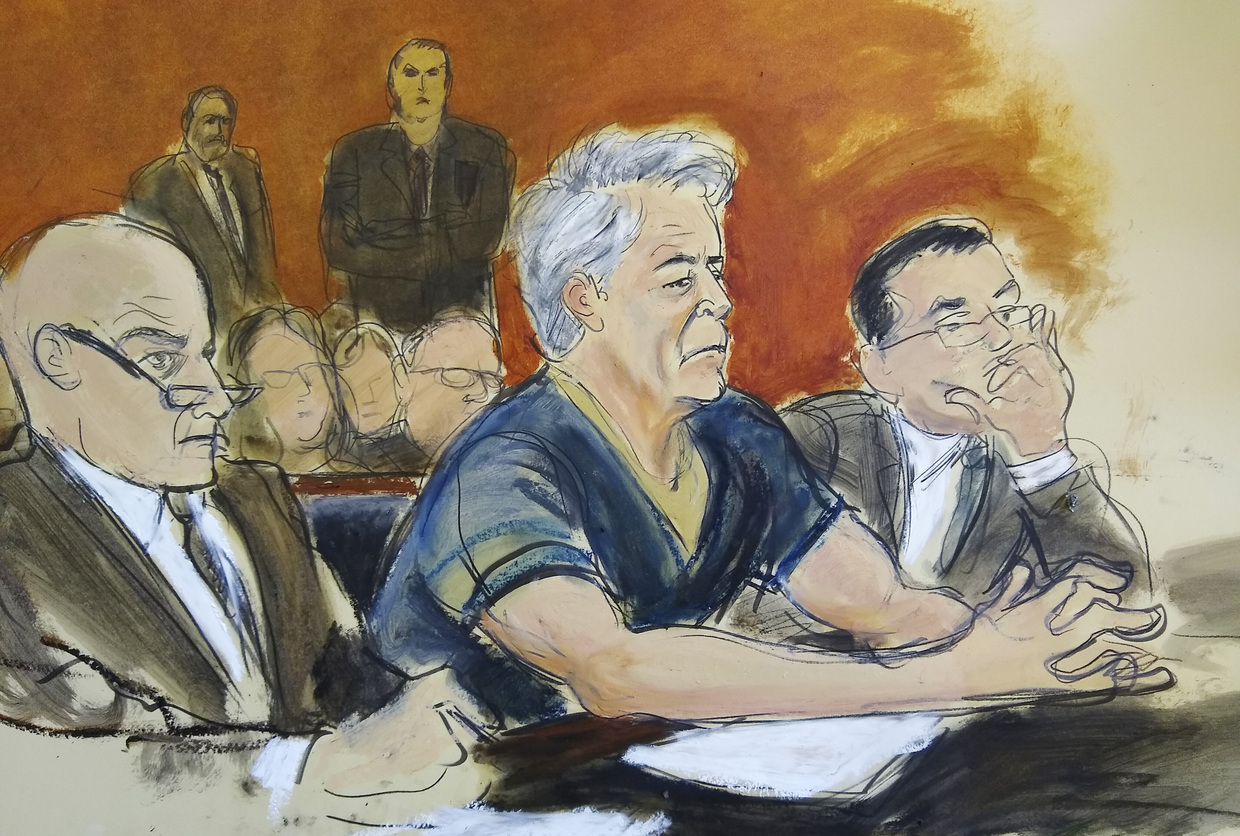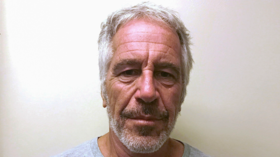Mona Keijzer leidt coalitie die pleit voor afschaffing coronapas, petitie al 250.000 keer getekend
Een brede coalitie met voormalig staatssecretaris Mona Keijzer als initiatiefnemer pleit voor de onmiddellijke afschaffing van het coronatoegangsbewijs. Onverdeeld Open, zoals de coalitie zichzelf noemt, heeft een petitie gelanceerd die inmiddels ruim 250 duizend keer is ondertekend. Op de tekst valt wel wat af te dingen.
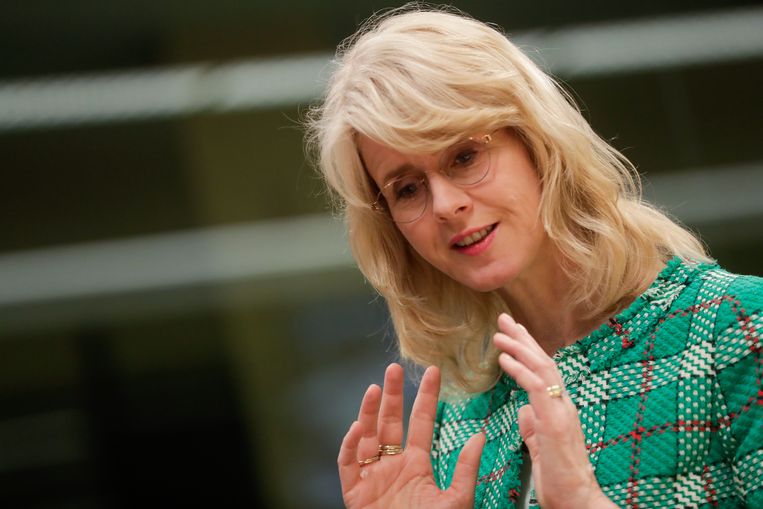
Keijzer geeft met het initiatief vervolg aan haar aankondiging dat ze een ‘actieve, onafhankelijke rol’ wil gaan spelen in het publieke debat over corona. Ze deed die aankondiging in september vorig jaar, nadat ze was ontslagen als staatssecretaris van Economische Zaken en Klimaat. Dat ontslag volgde op openlijke kritiek op de coronapas, in het weekend dat het kabinet die invoerde. Keijzer (CDA) was in het kabinet Rutte III verantwoordelijk voor het midden- en kleinbedrijf.
In een manifest spreken de initiatiefnemers van Onverdeeld Open zich uit ‘tegen het coronatoegangsbewijs in al zijn verschijningsvormen’. ‘De schade die erdoor wordt veroorzaakt, staat niet in verhouding tot eventuele voordelen voor de volksgezondheid.’
De website waarop medestanders de petitie van Onverdeeld Open konden ondertekenen, was zaterdag slecht bereikbaar. Toch ondertekenden al ruim 200 duizend mensen de petitie sinds de lancering vrijdagavond.
Steun van prominente politici en wetenschappers
Het initiatief krijgt steun van enkele prominente (ex-)politici. Onder anderen oud-Kamerleden Joël Voordewind (ChristenUnie), Marianne Thieme (Partij voor de Dieren) en Michel Rog (CDA) ondertekenden de petitie. Ook bekende medici, juristen, ondernemers en wetenschappers hebben het manifest ondertekend. Onder hen zijn de hoogleraren Jan Rotmans en Ewald Engelen, voormalig Denkers des Vaderlands René ten Bos en Daan Roovers, cabaretier Guido Weijers, topman Ritty van Straalen (ID&T Groep), de regisseurs Dick Maas en Martin Koolhoven en predikant Paul Visser.
De initiatiefnemers stellen dat de snelheid waarmee het virus muteert en de beperkte werkzaamheid van de vaccins ertoe leiden dat ‘klassieke groepsimmuniteit door vaccinatie onhaalbaar is’ en dat corona als ‘endemisch virus’ rond zal blijven gaan in Nederland. De coronapas is volgens hen een inbreuk op de grondrechten die niet past bij die situatie. ‘Wij willen een onverdeelde samenleving waarin deelname niet afhankelijk is van een gezondheidspas.’
Veel experts betwisten het idee dat het coronavirus inmiddels endemisch is — een situatie waar het virus op een voorspelbare en controleerbare wijze rondgaat. Volgens epidemioloog Alma Tostmann van het Radboud UMC is corona ‘absoluut nog niet endemisch’. ‘We zitten midden in een piek van besmettingen, de gevolgen daarvan komen in de komende weken.’ Ook minister Ernst Kuipers van Volksgezondheid vond het vorige week ‘nog te vroeg’ om van een endemie te spreken.
Onverdeeld Open stelt dat de vaccins ‘geen langdurige bescherming tegen besmettingen en overdracht van het virus’ bieden. Dat is volgens Tostmann overdreven: ‘De bescherming van vaccins tegen besmetting is beperkt, en neemt na een paar maanden alweer af. Maar je kan niet zeggen dat die bescherming nul is.’
Coalitie meent dat 2G-beleid weinig zoden aan de dijk zet
Volgens de coalitie zal een 2G beleid, waarbij ongevaccineerden op veel plekken niet meer binnenkomen, ‘nauwelijks invloed hebben op de belasting van de zorg’. Wel leidt het volgens hen tot uitsluiting en isolatie van ongevaccineerden, en ‘draagt het bij aan de toenemende polarisatie en verdeeldheid in onze maatschappij’.
Het 2G-beleid dat het kabinet in wil voeren, ondervindt al langer veel weerstand, niet alleen vanuit politiek en samenleving, maar ook vanuit de wetenschap. Onderzoekers van de TU Delft en het UMC Utrecht concludeerden half januari dat invoering van 2G een ‘zeer beperkt effect’ zou hebben op het aantal besmettingen. Ook wezen zij erop dat de coronapas waarschijnlijk niet helpt om de vaccinatiegraad omhoog te krijgen.
Om daarom maar te stellen dat 2G nauwelijks invloed zou hebben op de situatie in de ziekenhuizen, is volgens Tostmann te kort door de bocht. ‘Zowel voor gevaccineerden als voor mensen die zijn hersteld van een infectie houdt de bescherming tegen ernstige ziekte langer aan dan de bescherming tegen besmetting. Maar het is een illusie om te denken dat besmettingen niet zullen doorsijpelen tot de groep ongevaccineerden. 2G ontlast de zorg in eerste instantie dus wel degelijk, dat houdt alleen niet aan.’
Tostmann vindt dat Keijzer en co de zaken aandikken die ze goed uitkomen, en vice versa. ‘Dat is jammer, want ze stellen een terechte vraag: hoe proportioneel is 2G- of 3G-beleid in de huidige situatie? Die discussie moeten we voeren, maar doe jezelf dan de eer aan om het correct op te schrijven.’
Coalitie ook geen voorstander van 1G-beleid
Een 1G-beleid, waar iedereen zich moet laten testen om toegang te krijgen tot bijvoorbeeld restaurants of bioscopen, kan op meer begrip rekenen van de Onverdeeld Open omdat het de ongelijkheid tussen groepen opheft. Maar 1G gaat volgens hen ‘nog steeds uit van de gedachte dat een bewijs van gezondheid voorwaarde mag zijn voor toegang tot de samenleving’. ‘De maatschappelijke nadelen van dit systeem en de kosten van de benodigde infrastructuur staan niet in verhouding tot de kleine vermindering van virusverspreiding die het oplevert’, aldus de initiatiefnemers.
Dat 1G praktisch onhaalbaar is, bevestigde ook OMT-lid Marc Bonten in november vorig jaar. Hij noemde het idee ‘volstrekt onrealistisch.’ Maar uit het onderzoek van de TU Delft en het UMC Utrecht bleek wel dat het aantal besmettingen met ruim 19 procent zou kunnen dalen als 1G-beleid overal behalve op school, thuis en op werk ingevoerd zou worden. Dat 1G nauwelijks helpt tegen besmetting, klopt dus niet.
Naast Keijzer zijn er twee andere initiatiefnemers van Onverdeeld Open. Jona Walk is een arts in opleiding tot internist, die onder andere onderzoek doet naar het coronavirus en zich al langer kritisch uitlaat over het coronabeleid en de stigmatisering van ongevaccineerden. Ook hoogleraar waarschijnlijkheidsrekenen Ronald Meester deelde eerder al zijn kritiek op het coronabeleid, met name de rekenmodellen van het RIVM.




